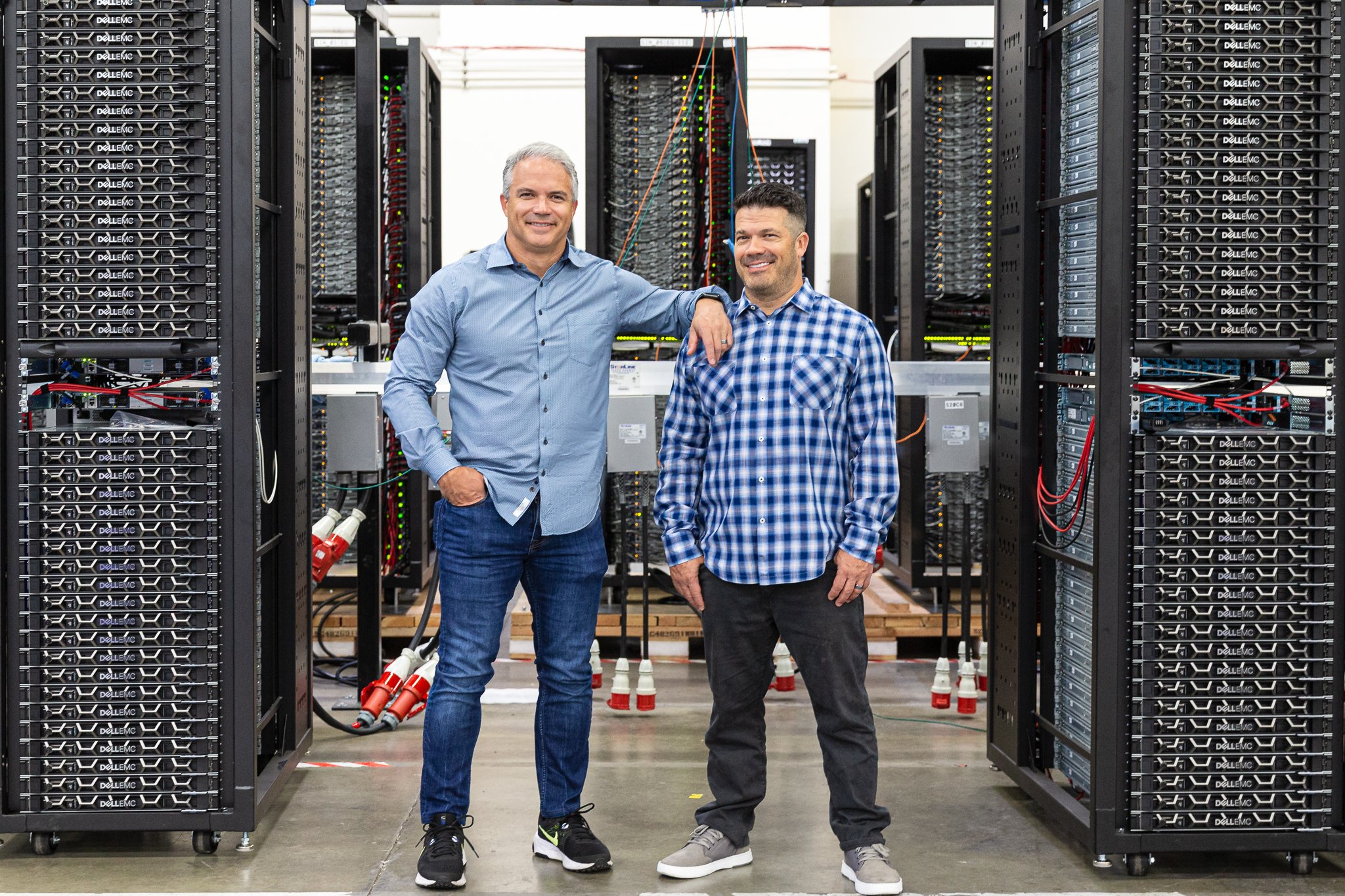Moving to a hybrid cloud solution can offer a number of benefits for your enterprise. These include the ability to shift workloads that burst in usage to the cloud, ease of scalability, and substantial cost savings in computing times.
As with every major shift in development processes, however, adopting this approach comes with some potential pitfalls if your enterprise isn’t fully prepared to make the move.
Here are three of the big areas enterprises often misjudge—or outright fail at—when taking the leap to hybrid cloud.
 1. Governance
1. Governance
At the enterprise level, a lack of governance when moving to a hybrid cloud solution can lead to major problems down the road.
Many times, an organization will start leveraging this technology in isolation—teams working on different projects with little to no coordination.
This can lead to things like interns or junior developers writing scripts that use a lot of resources, issues that can quickly negate any cost savings, and efficiencies that adopting the hybrid cloud can bring. It can also lead to security risks.
To avoid this type of problem, your enterprise should ensure a centralized management point is in place to monitor and manage all your different compute resources—whether they’re on-premises, in the cloud, or both.
Dive Deeper: The In-Depth Guide to Achieving Maximum Agility with a Multi-Cloud Strategy
 2. Automation
2. Automation
As you’re working on your hybrid cloud integration strategy, the backbone is automation.
Automation is built on standards that define how your products are developed so that your teams won’t need to reinvent the wheel whenever they start something new.
Without a solid set of standards for automation, your entire workload can easily grind to a halt in the hybrid cloud as teams spend more time setting up for work than actually doing that work.
 3. Legacy workloads
3. Legacy workloads
Not every workload is ready for a cloud environment. Simply moving applications to the cloud without exploring modernization is doable, but it’s also expensive.
Instead, take a good look at your existing workloads, re-architect and redesign for the cloud appropriately, then make the shift to the hybrid cloud. Otherwise, you’re defeating the entire purpose of adopting the cloud in the first place.
How to avoid these mistakes
The key to making your move to a hybrid cloud model a successful one is to enter the adoption process with a very clear roadmap.
That roadmap starts with understanding your company’s technical maturity—how your workloads are currently done, what resources you already have on hand, and your preparedness for adopting new technology.

Once you understand where you’re at, you need to know where you’re going. That means answering the questions about:
- What you want to accomplish
- How much you’re willing to invest
- What projects you think will benefit the most from a hybrid cloud approach
Finally, you need to develop a way to measure any and all progress as you implement your hybrid cloud solution. You can’t manage what you can’t measure, after all.
In other words, in order to actually realize the benefits of adopting the hybrid cloud—or to determine whether it’s actually the right solution for you at all—you need to know what you want, where you want to go, and how you can get there.
If you’re looking for help determining the right database strategy for your company, click here to explore our multi-cloud operations solutions.
Or, click here to learn more about building a foundation for flexibility and more rapid innovation by leveraging the strengths of multiple cloud platforms.














